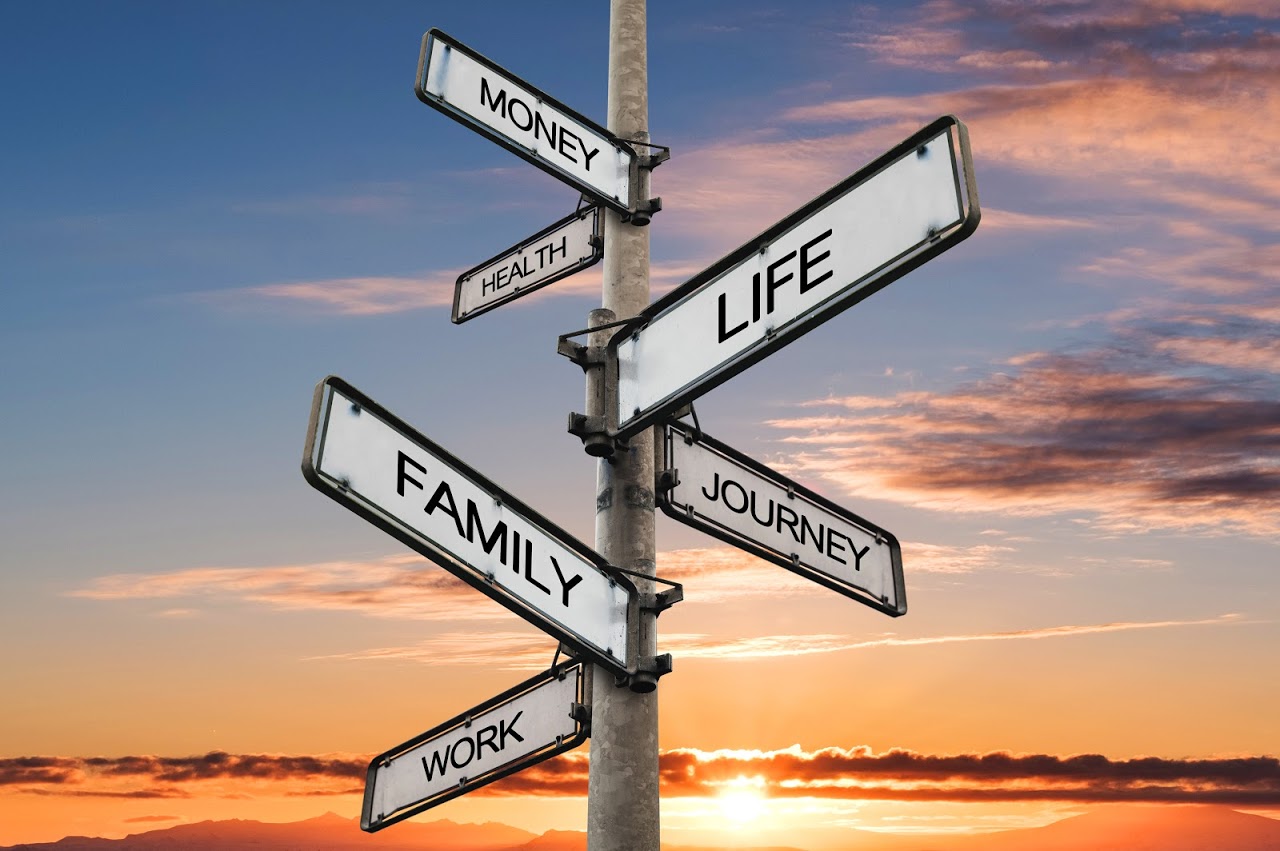Y15 SESSION 2
TODAY'S MISSION
Hope. A small word that means a lot. What does Hope mean to you? What does it mean for community change and social justice? How can we maximize hope in our civic and workplace lives? Today’s session will examine the nature of hope, and explore strategies to use it to power your summer and your life!
FUELING YOUR JOURNEY!

GOALS
Today,you will:
- Understand the science and art of hope
- Examine the role of hope in community change and social justice
- Understand hope as a key driver for civic engagement and a thriving workplace experience
PORTFOLIO STEP 1
Hope, what does hope mean to you? To help you think about it, here is a Ted Talk to support your reflection. Write your response in your Workbook.
While you’re doing this, consider:
- What is something that might happen soon that you’re excited for and hopeful about? What is something that might happen in one or two years that you are hopeful about?
- What does it feel like for you to be hopeful?
- Can you think of a time when you were scared or angry?
- What did you do to help yourself feel better?
Next, you can use your Workbook or this site to identify your hopes for your work, and any fears that might be coming up.
PORTFOLIO STEP 2
Research suggests that there are several types of hope: attachment; mastery; survival; and spiritual. Read more about these types here.
In addition, there is an additional dimension of hope - collective hope. Dr. Shawn Ginwright in his book "Hope and Healing In Urban Education" defines collective hope as a shared vision of what could be, with a shared commitment and determination to make it a reality.
What hope “type” do you gravitate towards? Why?
- Can you name a “Hope Hero?” Your Workbook has more information on why someone might be a hope hero.
- Why did you choose this hope hero?
PORTFOLIO STEP 3
In 1971 British Rocker John Lennon penned a song called Imagine about his vision of a world with no wars, peace, no hunger and many other desires. 35 years later, singer India.Arie wrote a song called There’s Hope about holding onto hope in the face of society’s problems. Read the lyrics for both songs
- In your Workbook, or using Canva, create your vision for social change. State the future you imagine or the future you hope for.
